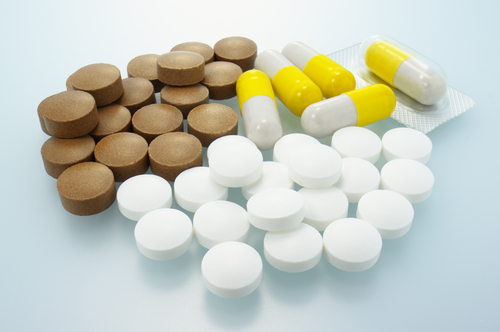A study led by German researchers concluded that strict individualized treatment of patients with comorbid type-2 diabetes mellitus (T2DM) and hypertension led to the lowest levels of blood glucose and blood pressure after 6 months of conducting the research. The results of the study entitled “Achievement of individualized treatment targets in patients with comorbid type-2 diabetes and hypertension: 6 months results of the DIALOGUE registry” were published on May 2, 2015 in the journal BMC Endocrine Disorders.
Cardiovascular disease is a leading cause of mortality in T2DM patients, with hypertension being the most common comorbid disease associated with T2DM. Current guidelines published by the American Diabetes Association (ADA) and the European Association for the Study of Diabetes (EASD) recommends the simultaneous targeting of blood pressure (BP) and glucose levels with a special focus on individualized treatments. This treatment approach requires the collection of information about patient characteristics, since extreme glucose-lowering therapy may increase mortality in patients who have experienced previous cardiovascular events, while intensive anti-hypertensive therapy used to lower BP can also be associated with increased risk for hypotension.
Researchers led by Roland E. Schmieder, used DIALOGUE, a prospective, multi-center registry in patients with both T2DM and hypertension, to characterize patients based on their therapeutic targets (glucose and BP) and achievement rates for those targets. They found that approximately 70% of patients who received both strict blood glucose and BP targeting treatments displayed similar characteristics. Individualized treatment led to substantial reductions in blood glycated hemoglobin (HbA1c) as a measured of glucose, and BP after 6-months of follow-up. Patients with strict treatment goals (levels of HbA1c ≤6.5% and ≤130 mmHg of systolic BP) maintained the lowest HbA1c and BP levels after 6 months of individualized treatment. However, for most of the patients involved in the study, treatment goals were not achieved using various anti-diabetic and antihypertensive therapies.
This ongoing study using the DIALOGUE registry is the first systematic effort to assess the effectiveness, tolerability, and impact of individualized treatment targets in patients with T2DM and hypertension. The researchers hope that the data collected from their work will help to further advance the monitoring and treatment of issues related to cardiovascular disease in type-2 diabetes patients.


